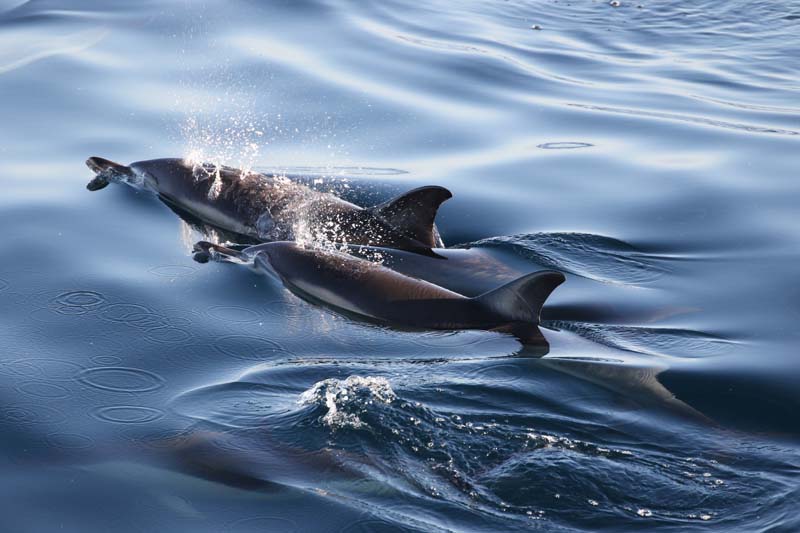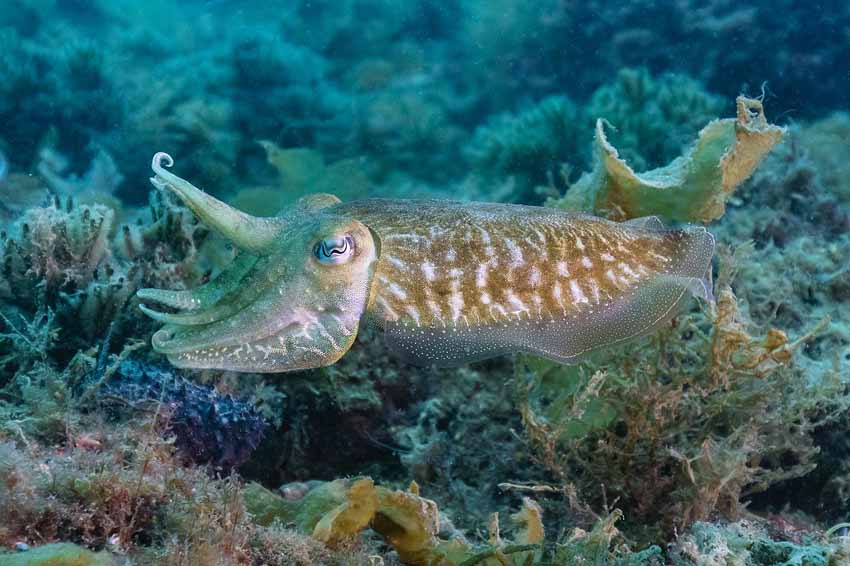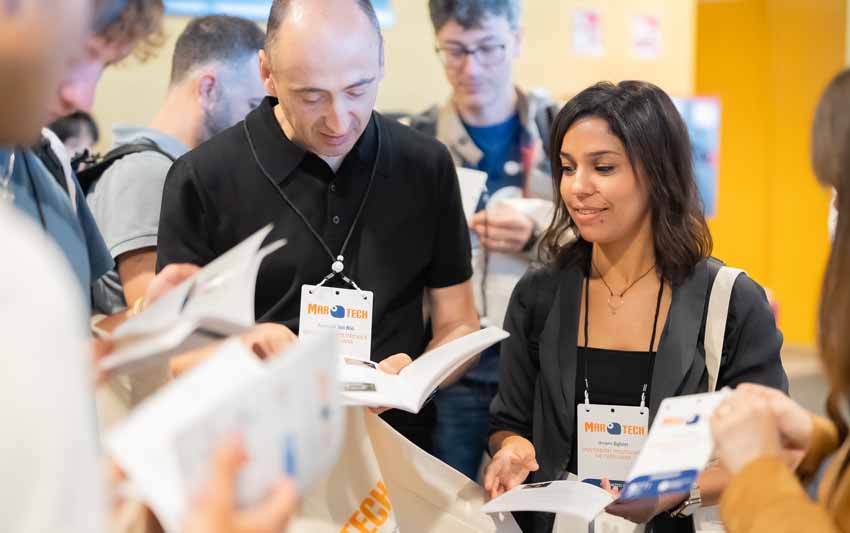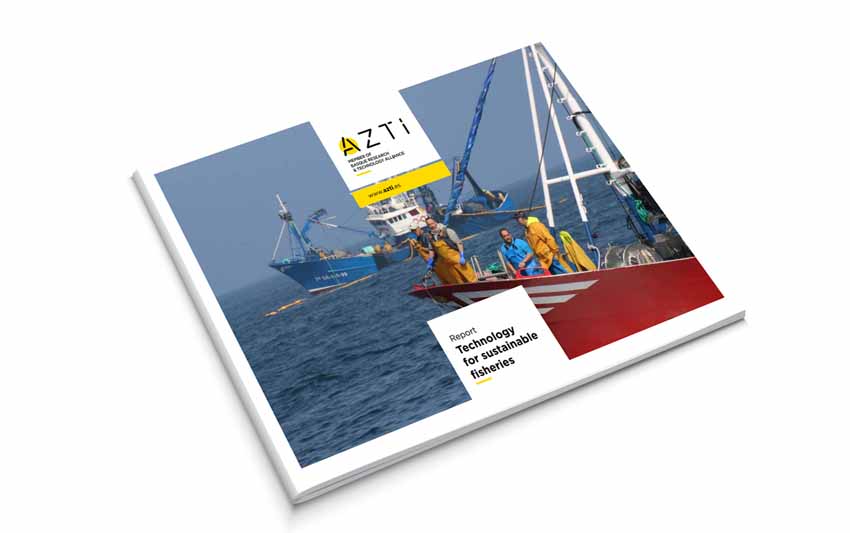Technology to protect marine species and reduce bycatch
Últimas noticias
An LGTBIQ+ perspective on the animal kingdom
Una mirada LGTBIQ+ al reino animal
Circular Economy in Action: Valorisation of By-products through Projects like PRIMA NEWFEED
Bycatch is one of the main problems generated by fisheries worldwide, and is particularly serious when it affects protected, endangered or threatened species (PET species).
AZTI works with different fleets in various seas around the world to ensure that non-target fish are not caught in fishing nets, thus making progress towards Sustainable Development Goal 14, which calls for the conservation and sustainable use of oceans, seas and marine resources.
The Indian Ocean is the main fishing ground, in terms of catches, for the Spanish tuna freezer fleet, so it is not surprising that guaranteeing the sustainability of tuna and fishing activity in these seas has become a priority for the fleets that operate there.
One of the priorities is to reduce their impacts on the marine environment and especially on the most vulnerable species, such as sharks and manta rays. Tuna purse seine fishing is estimated to generate a low percentage of bycatch (1-2%), but nevertheless, it all adds up. Therefore, in order to reduce bycatch in tuna fishing, the tuna freezer sector and AZTI have been working on the development of various selective devices for the release of these vulnerable species, so that they can be returned alive to the sea and continue their life cycle.
In this regard, 8 hoppers (selective trays with a ramp) were installed on OPAGAC tuna freezer vessels in 2022. In addition, a survey has been carried out in the Pacific where 16 silky sharks were tagged to assess their survival rate based on the use of these technologies.
In the same vein, ramps and grids have been installed on board vessels of the OPAGAC and ANABAC fleets to facilitate the release of sharks and manta rays. The survival of sharks on vessels with discard belts has also been assessed with the tagging of 60 silky sharks on two trips in the Indian Ocean during 2020 and 2021, on board Echebastar vessels.
The results obtained are very encouraging: the survival rate of sharks, in cases where the Code of Good Practice is applied and release tools are used, can be as high as 50% of the total number of sharks caught on the fishing trip. The estimated survival rate is the highest found worldwide in freezer tuna vessels, and at least double that of previous estimates.
In addition, through satellite tags, data have been collected to provide information on the vertical and horizontal migrations of silky sharks and their habitat, which will allow the definition of alternative mitigation measures. These data can help to define alternative mitigation measures.

Also on the Basque coast
As far as the Basque coast is concerned, one species that could be negatively affected by fishing activities is the European Shag (Gulosus aristotelis), a resident and nesting seabird species, which generally feeds in shallow areas, close to the coast. The shag has the category of “vulnerable” in both the National Catalogue of Threatened Species and the Basque Catalogue of Threatened Species. It is therefore important to know the areas where this species is at the greatest risk of accidental capture. To this end, AZTI is gathering information on the species on the Basque coast (location of colonies, movements, etc.) and, in addition, information on the spatial and temporal distribution of the fishing effort involved in the fishing gear that could have the greatest impact on the species (trammel nets, longlines, etc.). This will help to propose measures to ensure that bycatch does not compromise the future of the species.
It has also been proven through remote electronic monitoring that appropriate use of an active acoustic cetacean deterrent device (pinger) in commercial trawl fisheries reduces common dolphin (Delphinus delphis) bycatch by more than 90% (reduction in both frequency of occurrence and catch-per-set rate). This study has also made it possible to determine the importance of operational factors in bycatch, such as fishing area and depth.
Similarly, in 2022, the selectivity of trawling for certain species has been improved through innovations in the load lines that support the cod-end.








